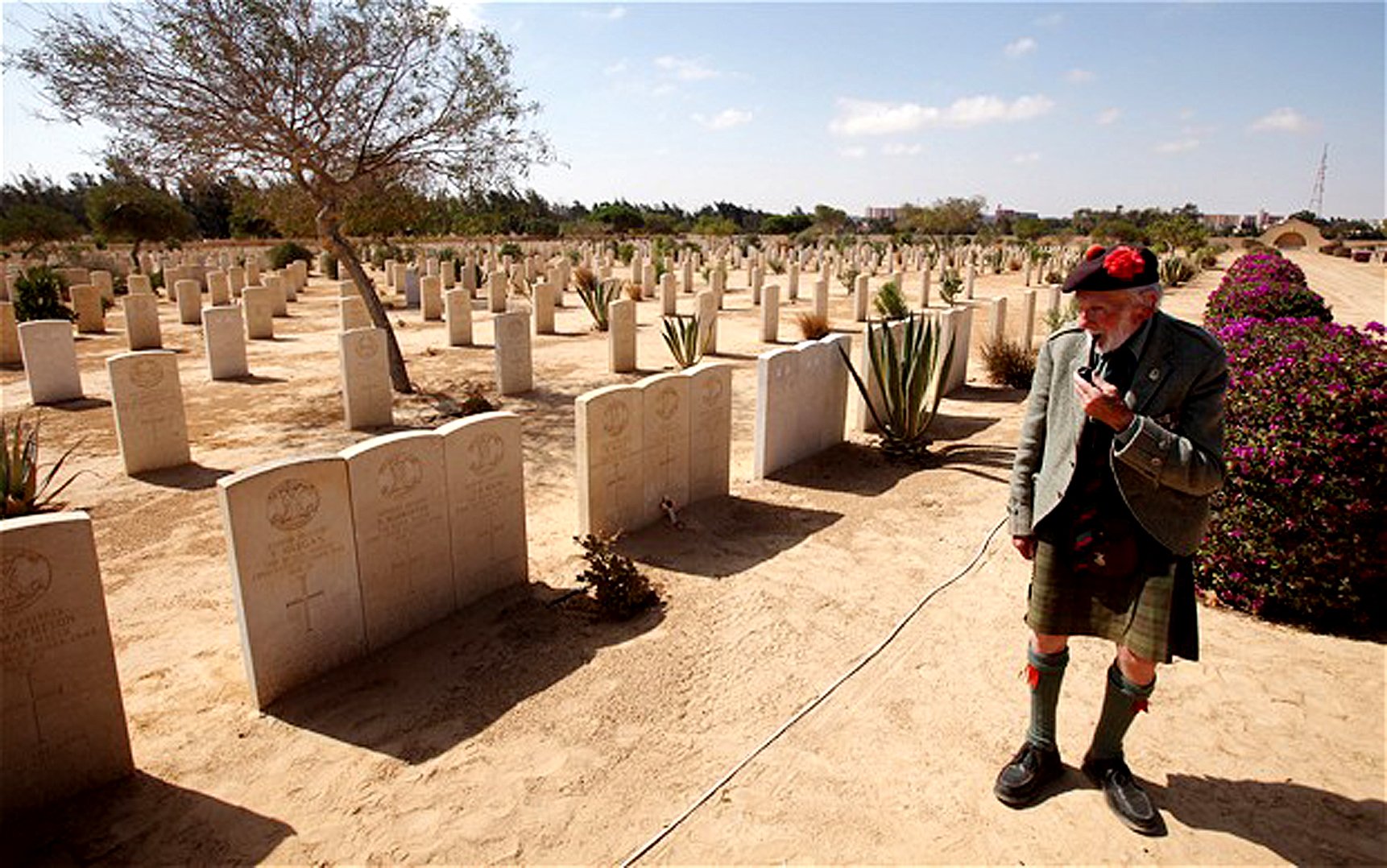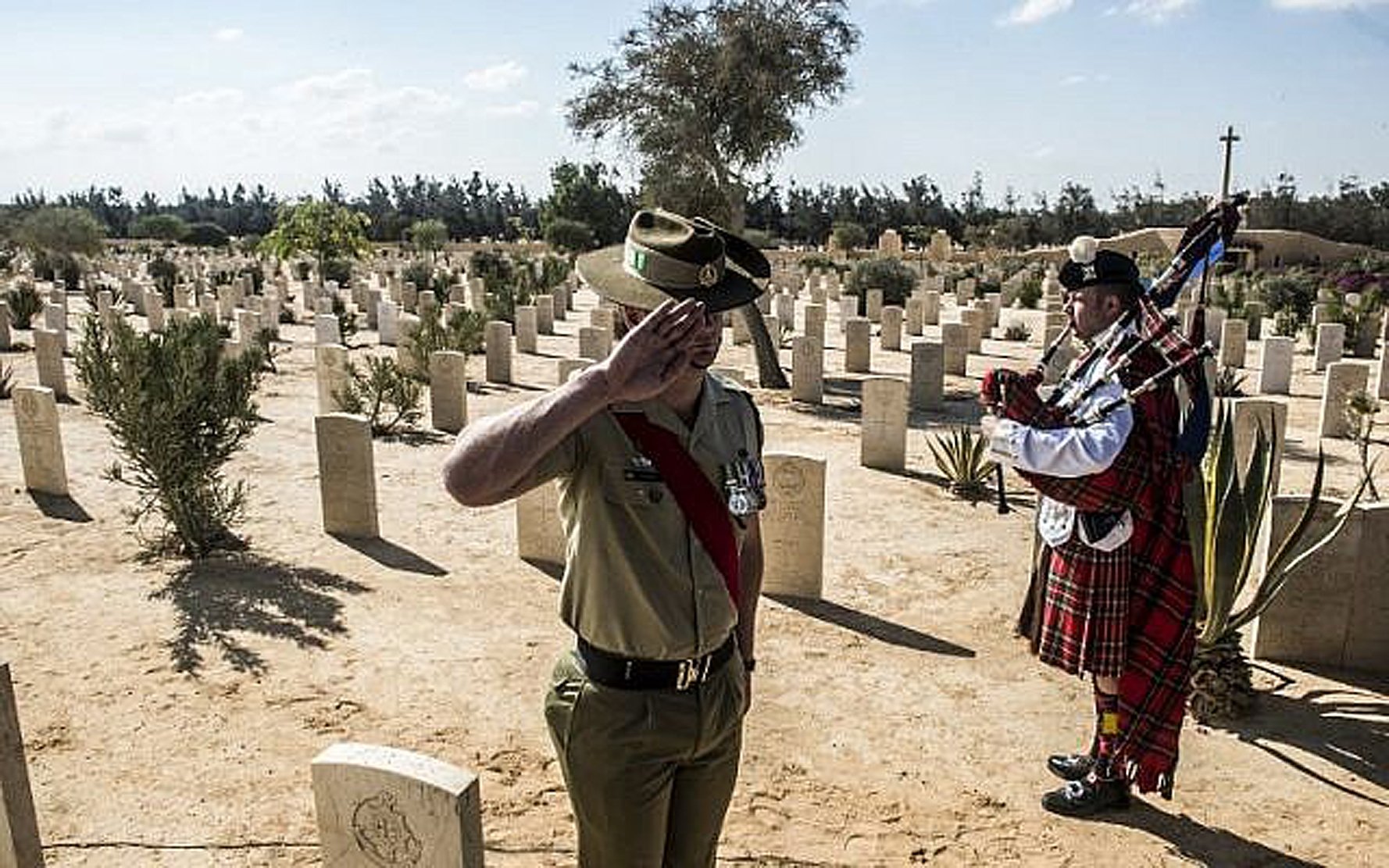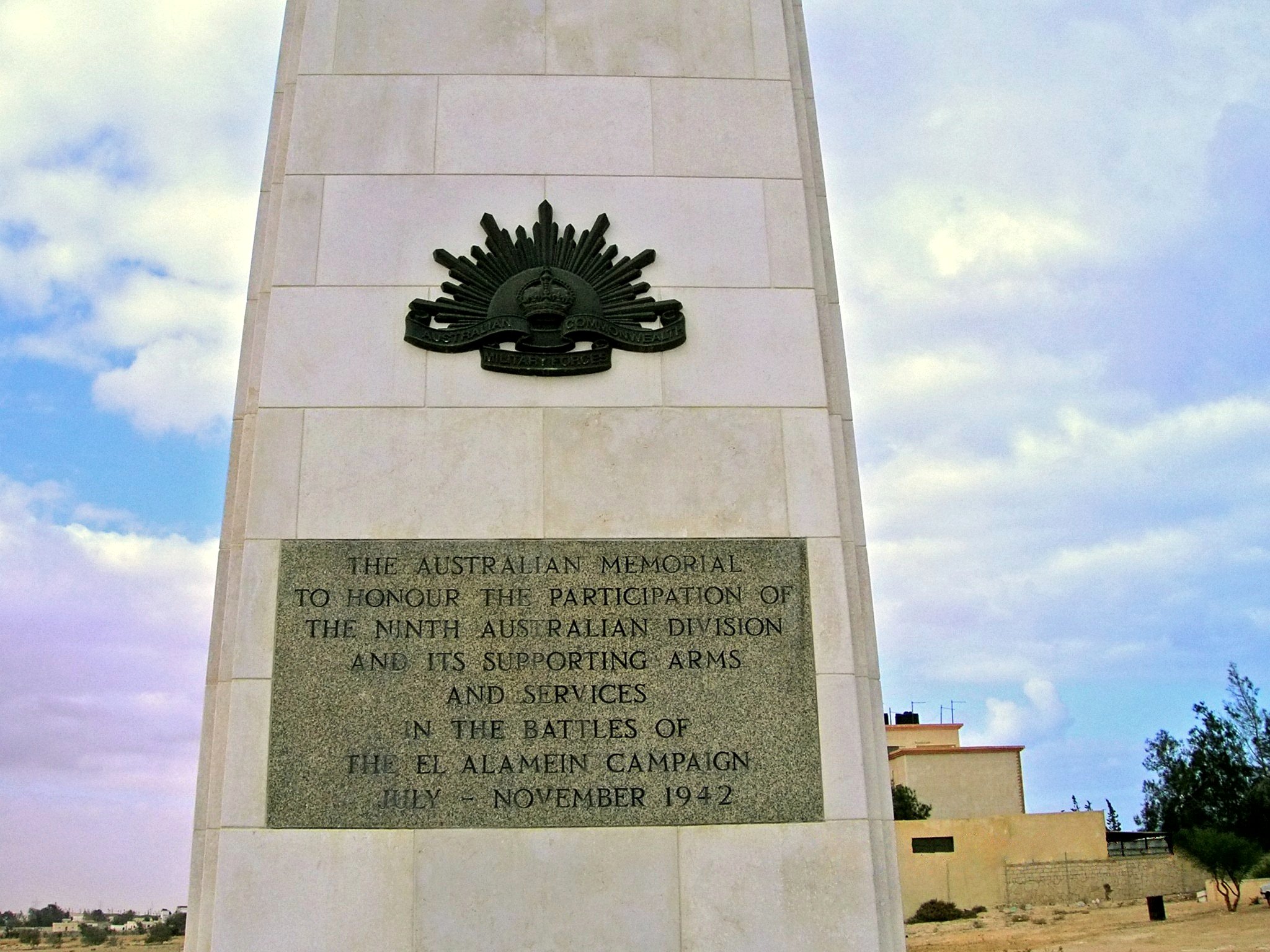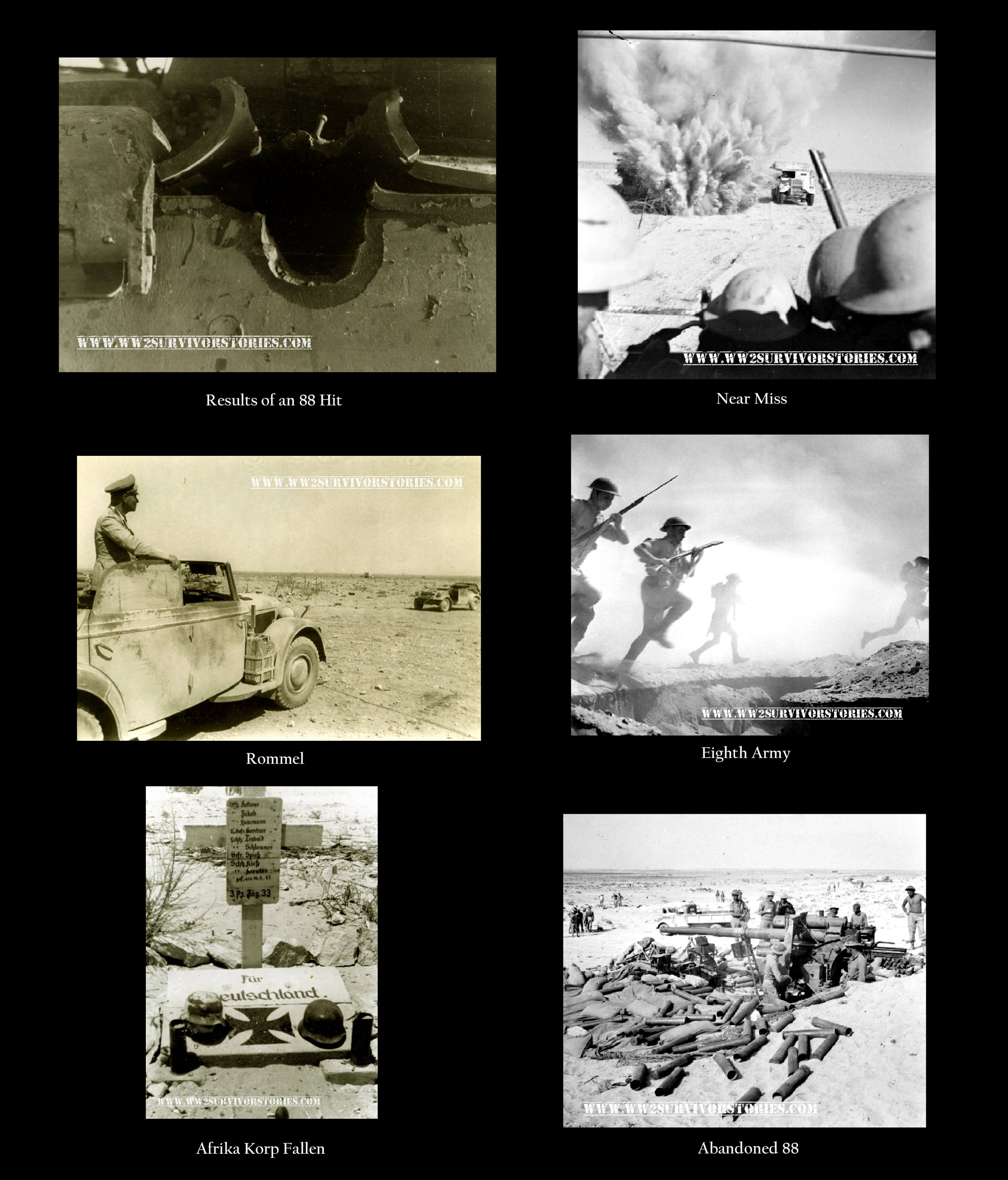The Second Battle of El Alamein
(60th Anniversary 2002)


Veterans Remember

The Australian Memorial Honoring the 9th Australian Division at El Alamein
=========================================================================
Summary
By late summer 1942 Churchill had grown weary with the lack of success from General Claude Auchinleck in the
Western Desert. The Siege and fall of Tobruk in 1941 (which lasted for 241 days) still resonated in defeat and embarrassment for
Churchill and the British Empire. For the Eighth Army, success at El Alamein brought a staggering price of 13,560 casualties,
of whom 2,350 men had been killed, 8,950 wounded and 2,260 were missing; 58 percent of the casualties were British,
22 percent Australian, 10 percent New Zealanders, 6 percent South African, 1 percent Indian and 3 percent Allied forces.
According to General Giuseppe Rizzo, total Axis casualties included 25,000 men killed or wounded
(including 5,920 Italians killed) and 30,000 prisoners (20,000 Italians and 10,724 Germans).
Military Historian Niall Barr; Pendulum of War: The Three Battles of El Alamein, places Allied casualties much higher.

The Panzer Army 'Afrika Korp' under Field Marshal Erwin Rommel composed of German and Italian tank and infantry units,
had advanced into Egypt after its success at the Battle of Gazala in June the same year. The Axis advance menaced British control
of the Suez Canal, the Middle East and its oil resources which were of major concern to Churchill and her allies. By August 1942
Churchill had fired General Claude Auchinleck replacing him with Lieutenant-General Bernard Montgomery
(along with General Harold Alexander),who was appointed earlier. The Eighth Army offensive under Montgomery's efforts
restored morale and the 2nd Battle of El Alamien continued objectives of The First Battle of El Alamein which prevented the
Axis from advancing further into Egypt. The 2nd battle took place October 1942 near the Egyptian railway at El Alamein.
=========================================================================
The Famous Railway Station at El Alamein 1942 and 2005
=========================================================================
A major contributor to the outcome of the battle was the impenetrable Qattara Depression Desert Basin in the Libyan Desert.
Its characterised by steep escarpments up to 280 meters high. Within the depression are salt marshes and extensive dry lake beds that
flood occasionally. The marshes occupy approximately 120 square miles with wind-blown sands encroaching some areas.
A quarter of the region is occupied by dry lakes composed of hard crust and sticky mud, and occasionally filled with water.
Qattara Depression Desert Basin
Impassable by armies and vehicles, it marked the end of the British defensive line at El Alamein (1942) and stopped the
German Afrika Korps' advance under Erwin Rommel. The British also had an advantage with intelligence because
'Ultra' had exposed Axis battle plans including supply positions, forces and intentions.
=========================================================================

=========================================================================
The Allied victory was the beginning of the end of the Western Desert Campaign,
eliminating the Axis threat to Egypt, the Suez Canal and the Middle Eastern and Persian oil fields.

=========================================================================
Italian Generals

Sources
The Nat'l Archives
Australian War Memorial
CNN.com
www.spiegel.de
www.scribd.com
British Pathe.com
Wikipedia
2019 © ww.ww2survivorstories.com